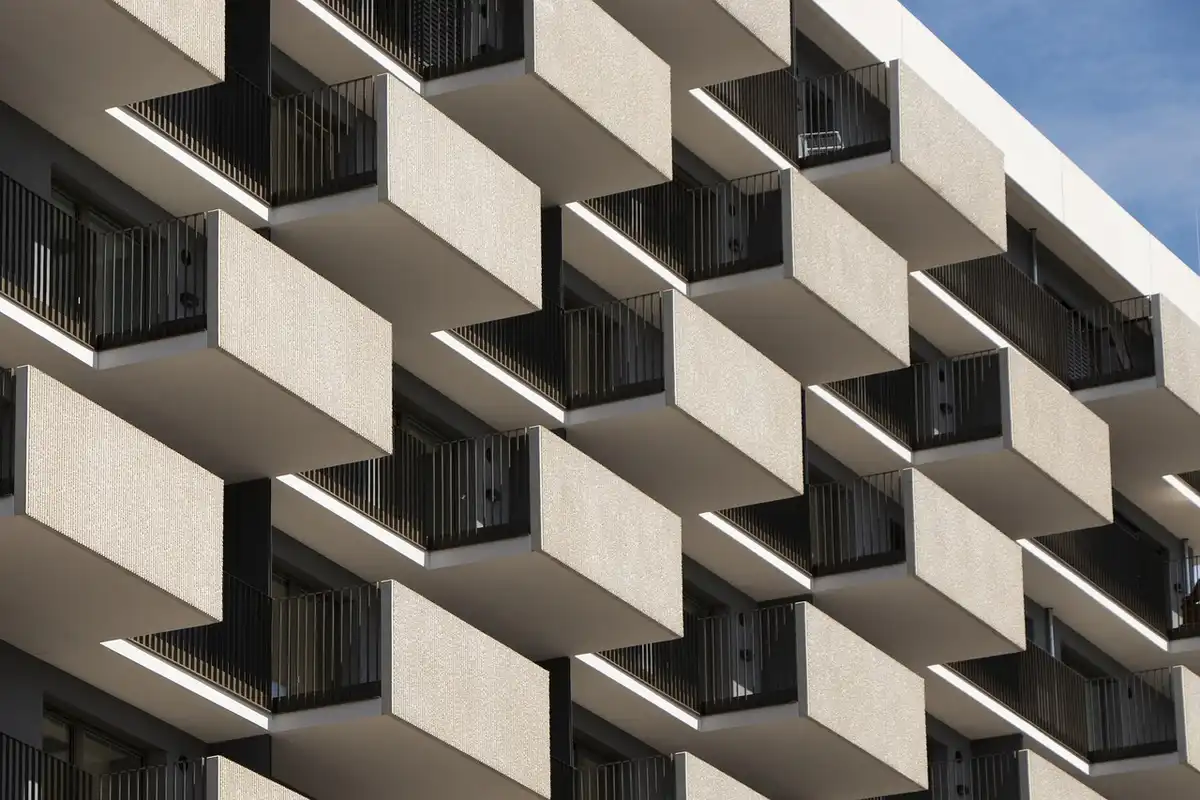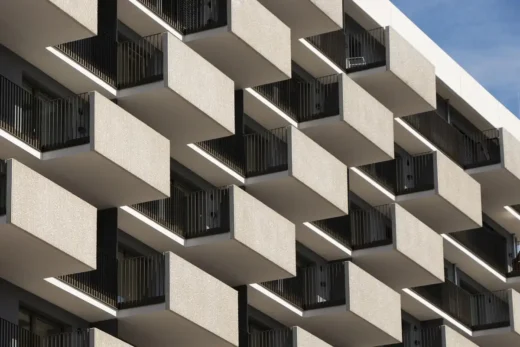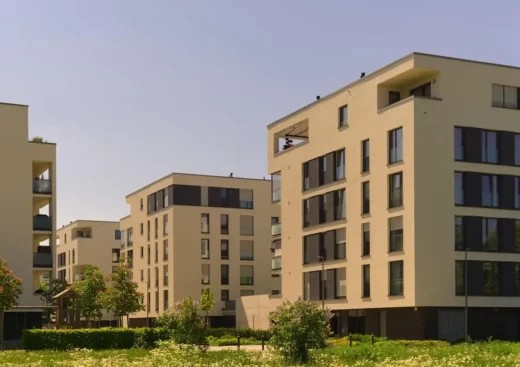Sustainable property management 2025, Managing properties, Buildings planning systems
Why Sustainable Property Management Is Gaining Ground in 2025
29 May 2025
Managing properties isn’t just about collecting rent or fixing what’s broken. These days, more owners are paying attention to how their properties operate on a daily basis. From cutting down on waste to lowering utility costs, small decisions are making a big difference. Residents are also starting to notice—and care—about the way buildings are managed.
As expectations change, the idea of “sustainable management” is gaining real ground. It’s not about doing everything at once or spending more money. It’s about being thoughtful with resources and planning ahead. In this piece, you’ll see why more investors and managers are turning to sustainable practices—and how these choices are shaping the future of property operations.
So, keep reading to the end!
Sustainable Certifications Add Value
In competitive markets, building certifications can help properties stand out. Programs like ENERGY STAR and LEED are becoming more common, not just in high-end projects, but in everyday rental communities too.
These certifications show that a property has met certain energy or environmental standards. They signal quality to renters and investors alike. More importantly, they push property managers to follow better practices. This creates a structure for improvement and helps properties operate more efficiently over time.
Changes That Lower Operational Costs
Sustainable property management is becoming more common—and not just for environmental reasons. It also helps reduce everyday expenses. Even small changes can make a noticeable difference. For example, switching to LED lighting or installing low-flow water fixtures lowers utility bills without affecting the comfort of tenants. These updates are simple, affordable, and effective over time.
Willow Bridge Property Company professionals also highlight the benefits of going digital. Replacing paper-based leasing and maintenance systems with online platforms cuts printing costs and improves how tasks are tracked and completed. Digital tools make it easier to stay organized and avoid delays.
By combining eco-friendly upgrades with smart systems, property managers can reduce costs and streamline daily operations. It’s not about spending more, choosing tools and habits that work better and cost less in the long run.
Renters Are Looking for Greener Communities
Many residents now expect greener living spaces. It’s not just about lower utility bills—it’s about lifestyle. More people want to live in buildings that support recycling, reduce energy use, and offer simple, planet-friendly features.
This doesn’t mean every property needs solar panels. Sometimes it’s as easy as adding bike storage, LED lights in hallways, or offering digital rent payments. These touches show that a property team is paying attention—and that builds trust.
When residents feel that their choices are supported, they stay longer. That means fewer turnovers, more stable income for owners, and a stronger sense of community.
It’s a Smarter Way to Grow a Portfolio
Investors are always looking for ways to protect their properties. Sustainable management adds a layer of stability. When buildings run efficiently, they use fewer resources and face fewer unexpected costs.
This also makes the properties more attractive to future buyers. A building that uses energy wisely, has strong resident retention, and is certified for efficiency stands out in a crowded market.
Smart, sustainable management shows that an owner is thinking ahead. And in 2025, buyers and partners are paying attention to that.
Less Waste, More Value
Every building has a lifespan. But how it’s managed affects how long it stays profitable. Waste—whether in materials, time, or energy—eats into returns. Sustainability isn’t about fancy labels. It’s about running things with care.
This could mean installing a smart thermostat and or switching to digital communication. Or simply upgrading hallway lights to use less power. Each of these steps, on its own, may seem small. But over time, they build real value.
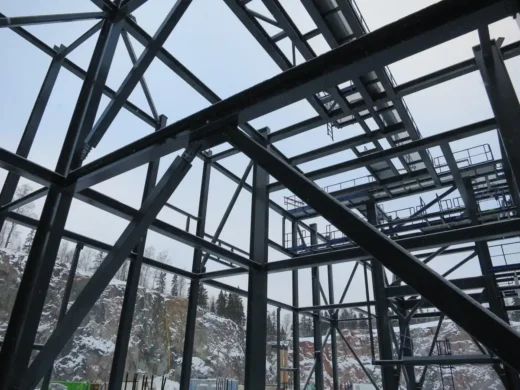
Builds a Stronger Brand Reputation
A strong brand reputation isn’t just built through advertising—it also comes from how a property is managed. When property managers take clear steps toward sustainability, it reflects positively on the entire operation. Residents notice when buildings are clean, energy-efficient, and waste-conscious. These small details shape how people talk about a place, both online and in person.
In today’s market, that kind of reputation matters. It can lead to better reviews, stronger word of mouth, and greater long-term interest in the property, without needing to oversell or overpromise. Reputation grows from doing the right things consistently, not just saying them.
Sustainable property management isn’t about big promises or fancy tools. It’s about practical, steady choices that make a building run better—every day, every month, every year.
In 2025, the shift is clear. More owners and managers are moving toward systems that reduce waste, control costs, and keep residents happy. They’re not doing it for trends. They’re doing it because it works.
And if you’re part of this space, it’s worth asking: What’s one change I can make today that’ll help the property tomorrow?
Comments on this guide to Sustainable property management in 2025 – Building Systems article are welcome.
Buildings
Wisdom of Choosing Aluminium Windows
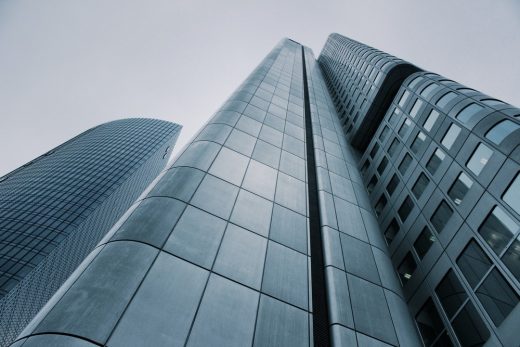
image courtesy of article provider
Use of Aluminium in Architecture
Cladding:
Natural slate rainscreen cladding system
Building Articles
Comments / photos for the Sustainable property management in 2025 advice page welcome.

